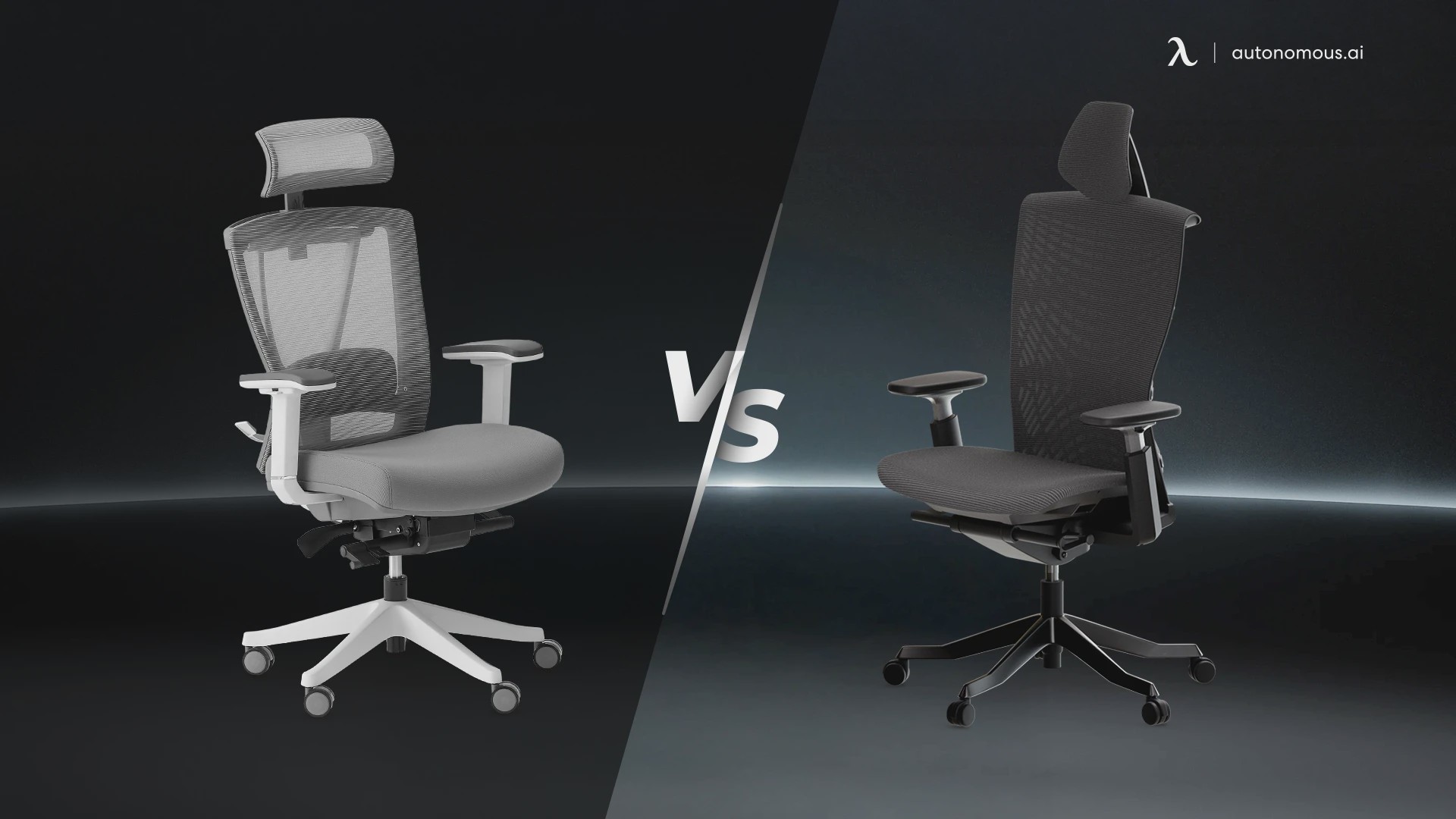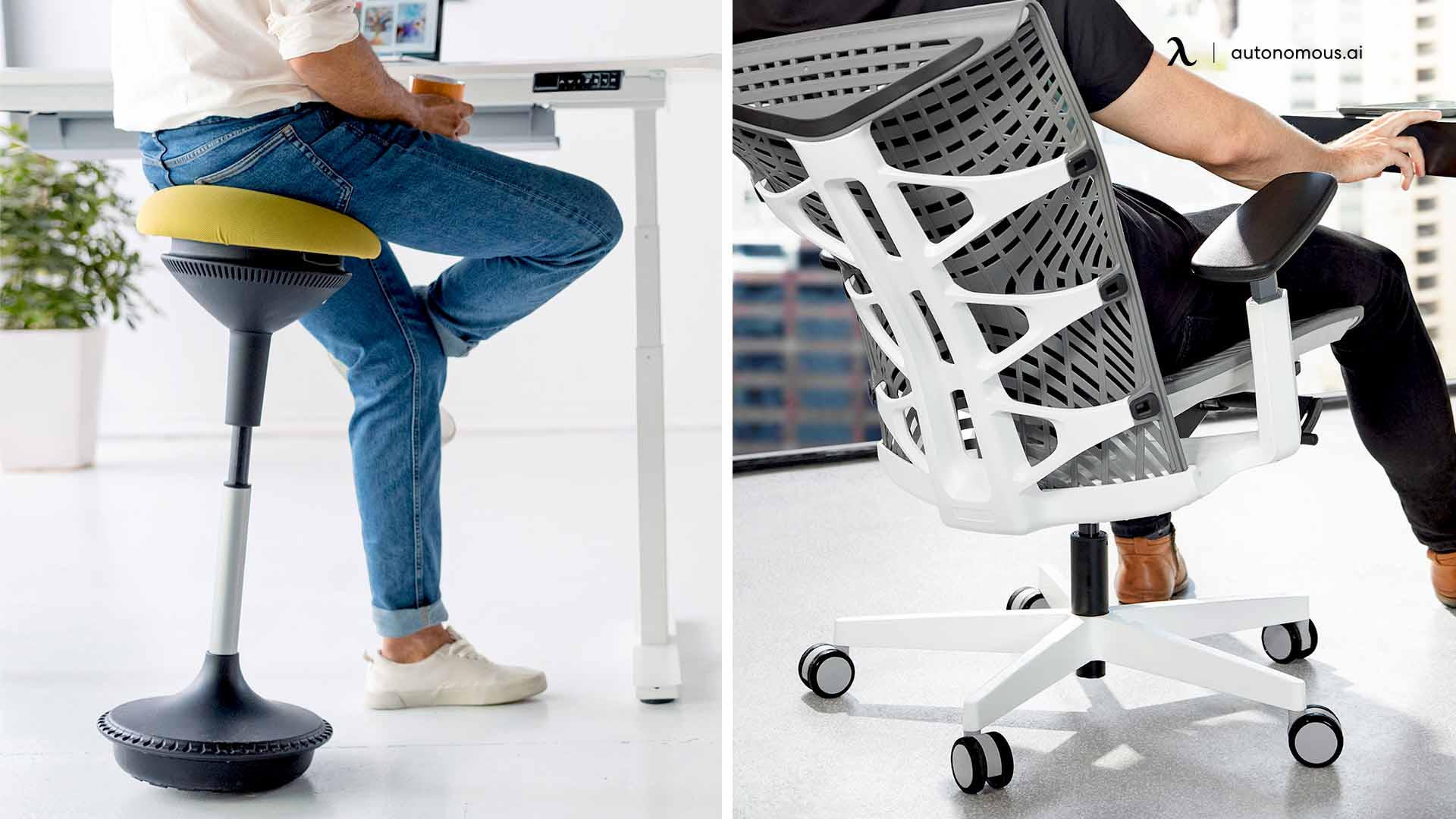- Newest
- Most viewed
Interested in a Link Placement?

ErgoChair Pro vs Ultra 2: Which One Is Right for You?
Wondering which to choose? This ErgoChair Pro vs Ultra 2 comparison breaks down comfort, support, and fit so you can pick the one that suits you best.
Smart Products | Dec 28, 2025 415 views

15 Best New Year Gift Ideas for Mom
Latest Updates | Dec 26, 2025 689 views

11 New Year Gifts for Wife to Start the Year Together
Latest Updates | Dec 26, 2025 776 views
.webp)
Autonomous ErgoChair Pro vs Secretlab TITAN: Full Comparison
Latest Updates | Dec 25, 2025 522 views

10 Best New Year Gift Ideas for Your Husband
Latest Updates | Dec 25, 2025 407 views

10 DIY New Year Gift Ideas That Feel Thoughtful
Latest Updates | Dec 25, 2025 845 views

How to Celebrate New Year in the Office
Latest Updates | Dec 24, 2025 494 views

15 Thoughtful New Year Gifts for Coworkers That Feel Right
Latest Updates | Dec 23, 2025 295 views

Chair Bands for ADHD: Do They Really Work?
Latest Updates | Dec 22, 2025 275 views

New Year Quotes for Work to Start the Year Right
Latest Updates | Dec 22, 2025 1,165 views
.webp)
From Screens to Servos: Why Robots play an important role in the AI World
Smart Products | Dec 22, 2025 1,030 views

Best New Year Gifts for Teachers: Fresh Tools for 2026
Latest Updates | Dec 21, 2025 757 views
.svg)
